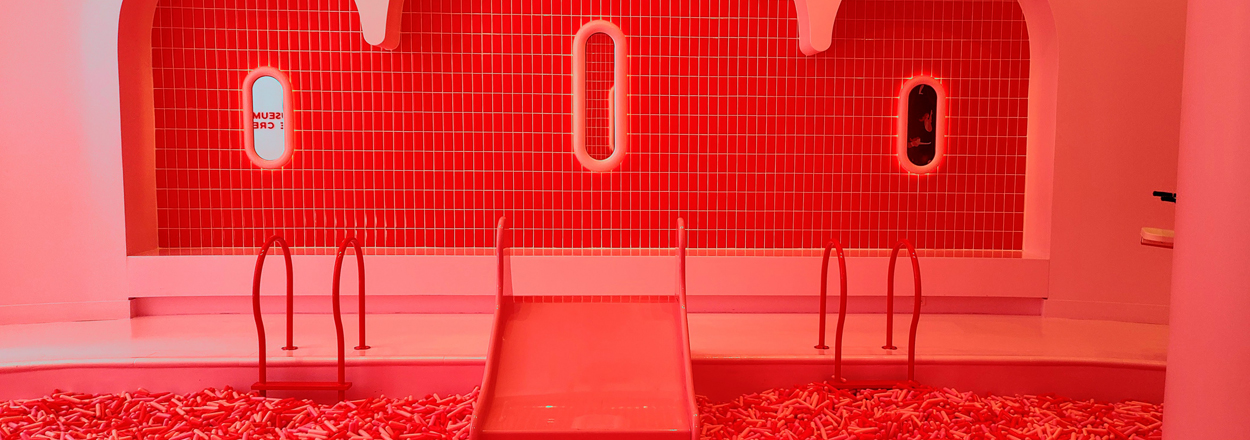Egypt possesses a certain sense of mystery that allures both curious and adventurous travelers alike to come explore. The numerous architectural and engineering feats, long-lost tombs of beloved pharaohs and precious artifacts depicting mythological stories offer a glimpse into Egyptian culture, and it’s these elements that continue to draw in travelers from all over the world each year.
Helping to satiate these inquisitive appetites, the highly anticipated opening of the Grand Egyptian Museum (GEM), located in Giza, is slated for this upcoming July. Read on to learn about the various galleries visitors can expect to find at the world’s largest archaeological museum.
The Artifacts
Upon entering the nearly five million square feet of floor space that makes up the GEM, travelers are greeted by the towering granite statue of Ramesses II in the central atrium. Once a mighty pharaoh, the statue is 3,200 years old, weighing in at 82 tons. Previously, this structure was located in the center of a traffic circle in Ramses Square but was one of the first artifacts to be moved into the GEM to protect it from further deterioration.
Aside from the impressive Ramesses statue, the museum also boasts a precise 4,549 artifacts recovered from King Tutankhamun’s tomb, some of which have never been displayed before. His throne, royal jewelry, two golden sarcophagi and his golden funerary mask are among the featured pieces.
The other exciting gallery visitors are anxious to see is King Khufu’s wooden boat. The massive structure was found sealed near the Great Pyramid of Giza, and experts are unsure of its intended purpose. There is some speculation that the boat was part of the king’s real-life fleet, or it may have been designed to carry Khufu into the afterlife.
Moving further into the museum, the galleries are arranged first by pillars — Society, Kingship and Beliefs — which are further sectioned by four periods — Old Kingdom, Middle Kingdom, New Kingdom and the Greco-Roman era. Among these galleries, visitors will find nearly 100,000 artifacts, covering everything from manuscripts and ceremonial jewelry to mummies.
The GEM’s concept might sound similar to the Egyptian Museum in Cairo, but it’s been emphasized that this building was not meant to replace the original museum. Rather, as more and more artifacts were uncovered and preserved, they were piling up in storage spaces, basements and attics, in desperate need of a place that allowed them to breathe.
20 Years in the Making
While the current building that stands today is beautiful and thoughtfully curated, the GEM is opening nearly 20 years after construction first began. The ceremonial cornerstone was laid in early 2002, though it wasn’t until 2003 that an architectural firm and design were selected.
Construction of the GEM officially began in 2005, but various setbacks in the coming years would delay its progress. One of the most significant was the Arab Spring in 2011, where the country faced political instability and uncertainty. Tourism also declined considerably during that timeframe, putting the government in financial trouble to fund the rest of the museum.
With the help of international loans in 2014, the project was back on track and is now preparing for its opening on July 6. The museum has been operating as partially open to the public, showcasing a few select galleries, though it will close briefly again mid-June for some final touches before the big day.
Guests interested in visiting the GEM can book either a 90-minute guided tour or general admission tickets online.






comments